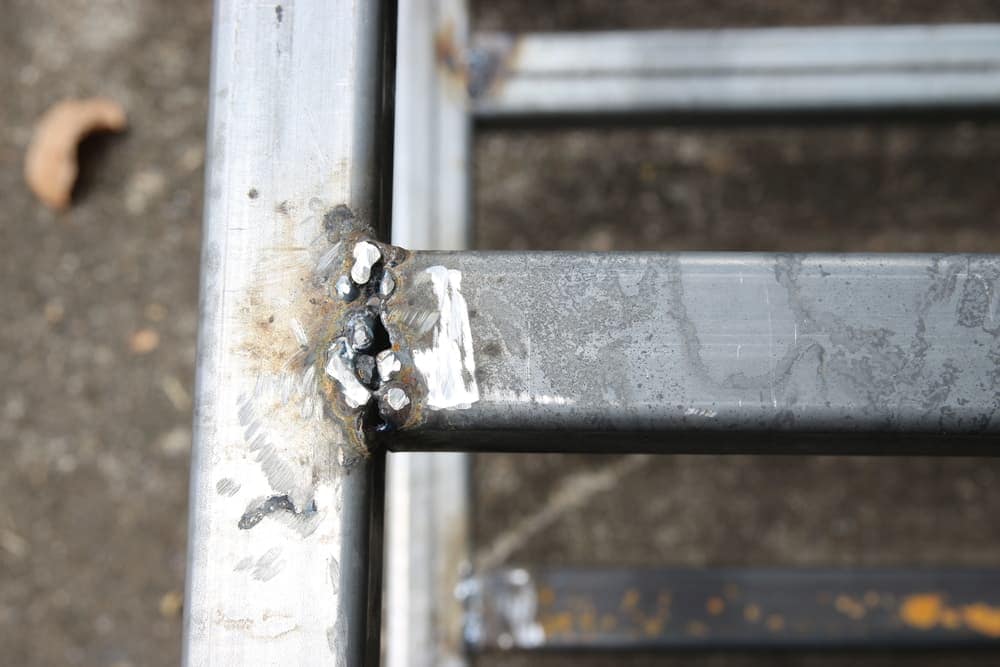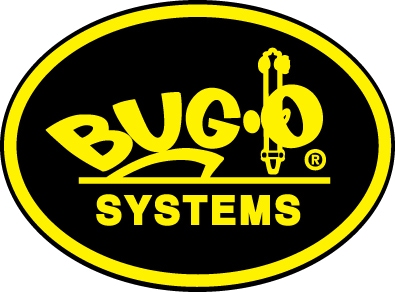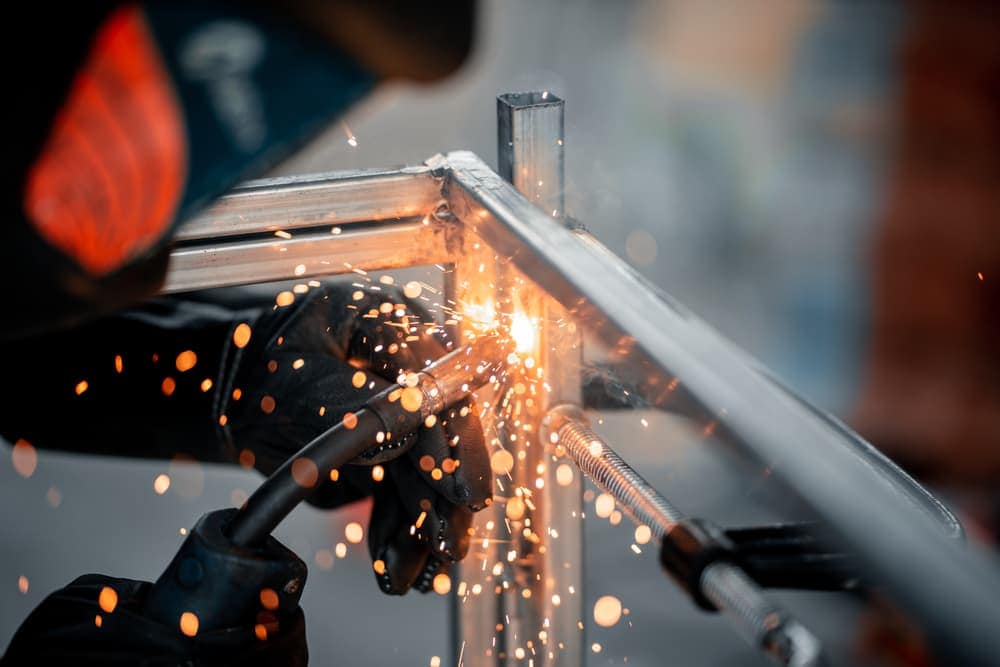Regarding fabrication, a proper weld setup is the backbone of success. It’s the foundation for building strong and reliable structures, ensuring their durability and performance. From towering skyscrapers to intricate machinery, every piece of fabricated work relies on the integrity of its welds.
In this blog, we will dive into the crucial role of a proper weld setup in the fabrication process. We’ll explore why it matters, the key elements involved, and its impact on the final product’s quality and safety. Whether you’re a seasoned fabricator or just starting in the field, understanding the importance of a proper weld setup is essential for achieving outstanding results.
What Is a Proper Weld Setup?
A weld setup refers to preparing and arranging the equipment, materials, and parameters for welding. It involves various considerations such as selecting the appropriate welding process, preparing the joint, cleaning the surfaces, choosing the right welding equipment, setting the correct welding parameters (e.g., current, voltage, speed), and ensuring safety measures are in place.
A proper weld setup is crucial to achieving high-quality welds, maximizing efficiency, and ensuring the integrity and strength of the welded joints. Below, we’ll look at the importance of each element in the setup and how they affect the final product.
Planning Ahead
Proper weld setup starts with meticulous planning. Consider the welding process you’ll use, such as GMAW or FCAW, and understand how it impacts surface preparation and post-weld cleanup. Assess material properties to choose the right media and abrasive for optimal results. By planning ahead, fabricators can save time, avoid surprises, and ensure a smooth welding process.
Preparing the Metal
Preparing the metal is crucial for a successful weld setup. Cut, fit, and bevel the base material precisely using appropriate cutting tools like torches, shears, or cutting wheels. Maintain a clean and consistent gap between the pieces for strong and consistent welds. Attention to detail during metal preparation improves weld quality and reduces the need for extensive cleaning afterward.
Surface Preparation and Cleaning
Thoroughly clean the surface before welding to eliminate contaminants and coatings. Remove mill scale, chemicals, and impurities that could weaken the weld or cause defects. Clean within an inch of the joint on both sides using wire brushes, abrasive media, or acetone. The choice of cleaning approach depends on the nature of the contaminants and coatings.
Optimize Abrasive Selection
Selecting the right abrasive is crucial for efficient and effective weld preparation. Avoid using coarse abrasives that can damage the surface. Instead, consider using finer abrasives with better productivity and a superior surface finish. Finer abrasives remove material precisely, reducing the risk of surface imperfections and the need for rework.
Select the Correct Abrasive Profile
Choose the appropriate abrasive profile for the job at hand. Wire wheels are excellent for surface cleaning without harming the base metal, while abrasive discs are suitable for cutting and removing base metal. When using abrasive discs, consider the flap disc profile (type 27 or 29) based on the grinding angles and applications. Additionally, various wire brush types and sizes are available to meet specific cleaning requirements.
Benefits of Proper Weld Setup in Fabrication

A proper weld setup in fabrication offers numerous benefits that contribute to the welding process’s overall success and the final product’s quality. Here are some key advantages:
- Enhanced Weld Quality: A proper weld setup ensures that the welding parameters, such as voltage, current, and travel speed, are correctly configured. This leads to improved weld penetration, fusion, and overall weld quality. Proper setup also minimizes the risk of defects such as porosity, inclusions, and undercutting, resulting in stronger and more reliable welds.
- Increased Productivity: By having a well-planned and organized weld setup, fabrication shops can streamline their welding operations. This includes optimizing the selection and preparation of materials, efficient use of equipment, and standardized procedures. Increased productivity means shorter project timelines, reduced labor costs, and higher throughput.
- Cost Reduction: Proper weld setup helps minimize material waste, rework, and repairs. By ensuring accurate joint preparation, proper cleaning, and optimal welding conditions, fabricators can reduce the need for post-welding corrections and achieve higher first-pass success rates. This reduces the overall project cost and improves profitability.
- Consistency and Reproducibility: Fabricators can establish consistent welding procedures and parameters with a proper weld setup. This allows for greater repeatability and reproducibility across multiple welds, ensuring uniformity in the quality and appearance of welded components. Consistency is particularly important for industries with strict standards and regulations.
- Improved Safety: A proper weld setup includes considerations for safety measures. This involves ensuring adequate ventilation, proper personal protective equipment (PPE) use, and adherence to established safety guidelines.
Consequences of Improper Weld Setup

Failing to establish a proper weld setup can harm the welding process and the quality of fabricated products. Here are some potential consequences of improper weld setup:
- Poor Weld Quality: Improper weld setup can lead to inadequate fusion, incomplete penetration, and weak welds. This compromises the strength, integrity, and durability of the welded joints. Poor weld quality can result in structural failures, reduced product lifespan, and increased likelihood of repairs or replacements.
- Increased Rework and Repairs: Insufficient weld penetration, excessive spatter, and other defects caused by improper setup often require rework and repairs. This leads to additional time, effort, and material costs. Rework also disrupts the production schedule, delays project completion, and negatively impacts customer satisfaction.
- Waste of Resources: Improper weld setup can result in excessive material waste due to the need for additional passes, the removal of defective welds, and increased consumable usage. This waste adds unnecessary costs and contributes to environmental concerns associated with resource depletion.
- Compromised Safety: Neglecting safety considerations during weld setup increases the risk of accidents, injuries, and health hazards for welders and other nearby personnel. Insufficient ventilation, lack of proper PPE, and failure to follow safety protocols can lead to severe burns, inhalation of toxic fumes, and eye injuries.
- Non-Compliance with Standards: In industries with specific welding standards and codes, improper weld setup can result in non-compliance. This can lead to failed inspections, legal consequences, loss of certifications, and damage to the reputation and credibility of the fabricator.
What to Consider When Setting Up a Weld
When preparing to set up a weld, several important factors should be considered to ensure a successful welding process and achieve high-quality results. Here are some key aspects to consider:
- Welding Process Selection: Determine the most suitable welding process for the specific application. Consider factors such as the type of material, joint configuration, welding position, and desired weld properties. Each process has its own advantages, limitations, and requirements.
- Material Compatibility: Understand the properties of the base material, such as its composition, thickness, and metallurgical characteristics. Different materials require specific welding techniques, consumables, and heat inputs to ensure proper fusion and prevent issues like distortion or cracking. Consider the compatibility of the base metal, filler metal, and shielding gas, if applicable, to achieve the desired weld strength and integrity.
- Joint Preparation: Proper joint preparation is crucial for achieving strong and durable welds. Evaluate the joint design and determine the necessary preparatory steps, such as edge beveling, groove preparation, or surface cleaning. The joint preparation should provide sufficient access, proper fit-up, and appropriate gap spacing to facilitate effective weld penetration and minimize the risk of defects.
- Cleaning and Surface Preparation: Thoroughly clean the welding surfaces to remove contaminants, such as oil, grease, dirt, rust, or mill scale. Proper surface preparation ensures optimal weld quality and prevents the formation of defects like porosity or lack of fusion. Utilize suitable cleaning methods, such as wire brushing, grinding, solvent cleaning, or mechanical blasting, based on the type and condition of the material being welded.
- Welding Parameters: Establish the appropriate welding parameters for the specific application. These parameters include voltage, current, wire feed speed, travel speed, shielding gas flow rate, and electrode angle. The welding parameters should be optimized to achieve the desired weld bead shape, penetration, and fusion. Refer to welding procedure specifications (WPS), industry guidelines, or consult welding experts for recommended parameter ranges.
- Proper Equipment Setup: Ensure that the welding equipment is in good working condition and properly set up. This includes checking the power source, welding machine settings, wire feeder alignment, torch or electrode holder positioning, and gas supply. Verify that the equipment is calibrated and can deliver consistent and reliable welding performance.
- Safety Precautions: Prioritize safety during the welding setup. Follow safety guidelines and regulations to protect welders and surrounding personnel. Provide adequate ventilation to minimize exposure to welding fumes and gases. Wear appropriate personal protective equipment (PPE), such as welding helmets, safety glasses, gloves, and protective clothing, to safeguard against arc radiation, sparks, and potential hazards.
- Welding Sequence and Technique: Plan the welding sequence to minimize distortion and control heat input. Determine the optimal welding technique based on the joint configuration and material thickness, such as stringer beads, weave patterns, or multipass welding. Proper technique selection and execution contribute to uniform heat distribution, weld pool control, and overall weld quality.
- Post-Weld Treatment: Consider any necessary post-weld treatments, such as stress relieving, heat treatment, or surface finishing. These treatments can help alleviate residual stresses, improve material properties, and enhance the aesthetics or corrosion resistance of the weldment.
Master the Art of Welding with Bug-O Systems
The importance of a proper weld setup in fabrication cannot be overstated. It is the foundation for achieving high-quality welds, enhancing productivity, reducing costs, and ensuring personnel safety. Fabricators can optimize their welding operations and deliver exceptional results by carefully considering factors such as welding process selection, material compatibility, joint preparation, and welding parameters.
To further support your welding endeavors, it’s worth exploring the range of welding equipment manufactured by Bug-O Systems. With our expertise and innovative solutions, we can provide you with the tools necessary to enhance your weld setup and take your fabrication projects to new heights.
Further Reading
Mechanized Welding Process: Improving Production & Quality
Difference Between Welding Mechanization vs. Automation
Types of Welding for Manufacturing Companies
Shipbuilding Welding Process: Main Types and How to Improve Production
Pressure Vessel Welding: What Is It and How It Helps in Fabrication


Recent Comments